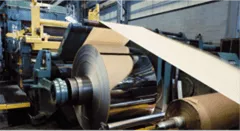

live a message
Grinding processing belongs to precision machining in mechanical processing (including rough machining, precision machining, heat treatment and other processing methods), with low processing volume and high accuracy.
(1) The grinding speed is very high, reaching up to 30m~50m per second; The grinding temperature is relatively high, up to 1000 ℃~1500 ℃; The grinding process takes a short time, only about one thousandth of a second.
(2) Grinding can achieve high machining accuracy and very small surface roughness values.
(3) Grinding can not only process soft materials such as unhardened steel and cast iron, but also hard materials that cannot be processed with quenched steel and other cutting tools, such as porcelain parts and hard alloys.
(4) The cutting depth during grinding is very small, and the metal layer that can be cut off in one stroke is very thin.
(5) When grinding, a large amount of fine grinding debris flies out of the grinding wheel, while a large amount of metal debris splashes out from the workpiece. Both abrasive and metal debris can cause harm to the operator's eyes, and dust that is not inhaled into the lungs can also be harmful to the body.
(6) Due to poor quality, poor storage, improper selection of specifications and models, eccentric installation, or excessive feed speed of the grinding wheel, it may cause the grinding wheel to shatter during grinding, resulting in serious injury to workers.
(7) When performing manual operations near a rotating grinding wheel, such as grinding tools, cleaning workpieces, or incorrect grinding wheel correction methods, workers' hands may touch the grinding wheel or other moving parts of the grinding machine and be injured.
(8) The maximum noise generated during grinding can exceed 110dB, and if no noise reduction measures are taken, it can also affect health.
Grinding refers to the process of using abrasives and grinding tools to remove excess materials from workpieces. According to different process objectives and requirements, there are various forms of grinding process methods. In order to meet development needs, grinding technology is developing towards precision, low roughness, high efficiency, high-speed, and automatic grinding. There are many forms of grinding processing methods, mainly referring to grinding with grinding wheels in production. In order to facilitate use and management, grinding processing methods are usually divided into four types based on the grinding processing form of the grinding machine product and its processing object:
1. According to grinding accuracy, it is divided into coarse grinding, semi precision grinding, precision grinding, mirror grinding, and ultra precision machining
2. According to the feed form, it is divided into cutting grinding, longitudinal grinding, slow feed grinding, no feed grinding, constant pressure grinding, and quantitative grinding
3. According to the grinding form, it is divided into belt grinding, centerless grinding, end face grinding, peripheral grinding, wide grinding wheel grinding, forming grinding, profile grinding, oscillation grinding, high-speed grinding, strong grinding, constant pressure grinding, manual grinding, dry grinding, wet grinding, grinding, honing, etc
4. According to the machining surface, divide into outer circle grinding, inner circle grinding, surface grinding, and edge grinding (gear grinding and thread grinding)
In addition, there are various distinguishing methods, such as the types of grinding tools used in grinding: the grinding method of bonded abrasive tools and the grinding method of free abrasive particles. The grinding methods of bonded abrasive tools mainly include grinding wheel grinding, honing, abrasive belt grinding, electrolytic grinding, etc; The processing methods of free abrasive grinding mainly include grinding, polishing, jet machining, abrasive flow machining, vibration machining, etc. According to the linear speed Vs of the grinding wheel, it can be divided into: ordinary grinding Vs<45m/s, high-speed grinding Vs<45m/s<=150m/s, and ultra high-speed grinding>=150m/s. According to the new technology used, it can be divided into: magnetic grinding, electrochemical polishing, etc.
Every industry has its unique set of material specifications and needs. That’s why you can count on the exceptional experience and industry knowledge of the professionals at Kuaima Steel - Meeting the Exact Needs of Every Industry That Uses steel.
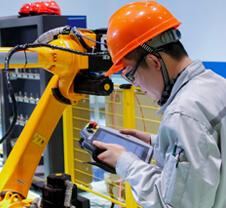


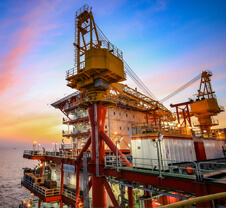



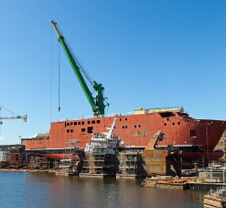


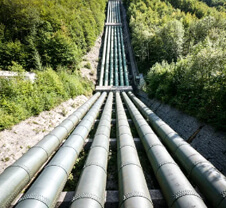

Ireland, Portugal, Gambia, Thailand, Ukraine, United Kingdom, Netherlands, South Africa, Spain, Turkey, Italy, Libya, Romania, Puerto Rico, Azerbaijan, United Arab Emirates, Pakistan, Philippines, Ghana, Slovakia, Germany, Saudi Arabia, Afghanistan, China, Bolivia, Switzerland, Bangladesh, Taiwan, Oman, Egypt, Greece, Norway, Singapore, Bulgaria, Estonia, Belgium, Yemen, Hong Kong, Ecuador, Sri Lanka, Nepal, Belarus, Finland, Gabon, Iran, Canada, Argentina, Lebanon.


 WeChat
WeChat